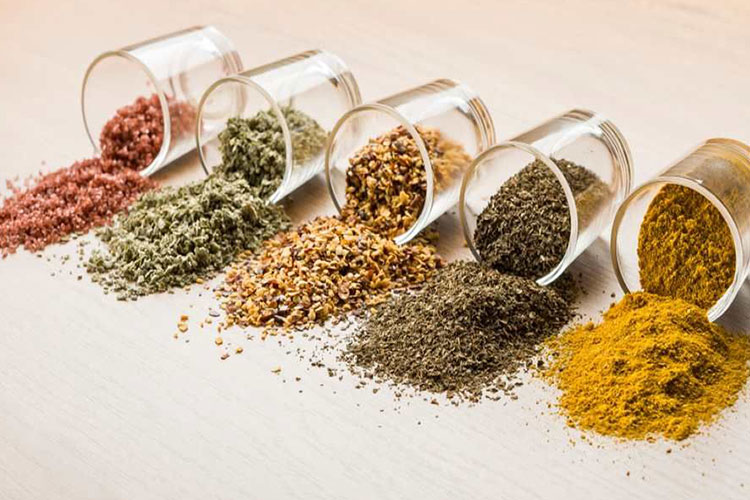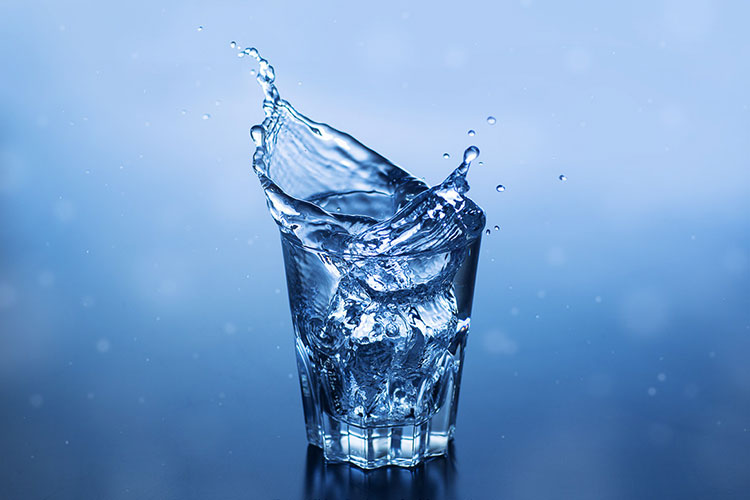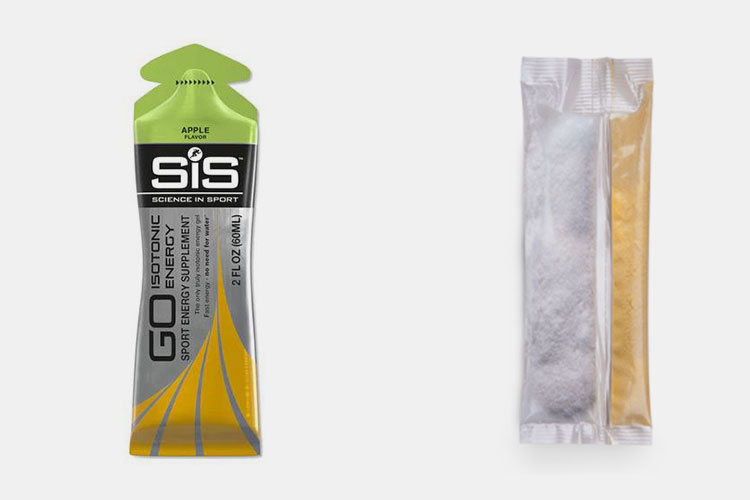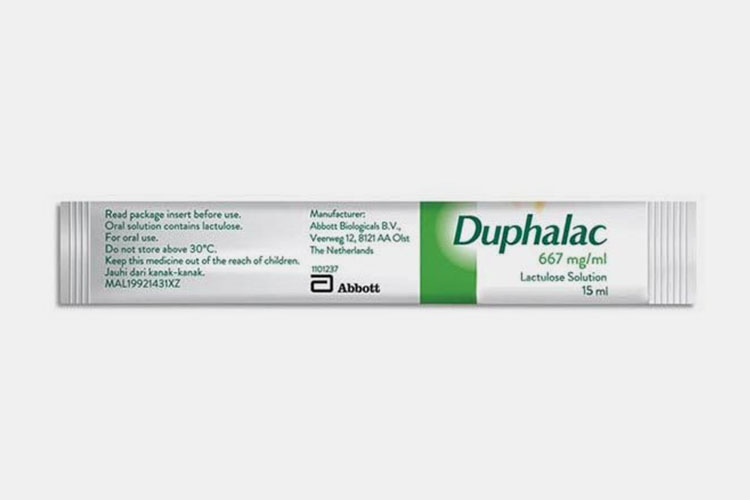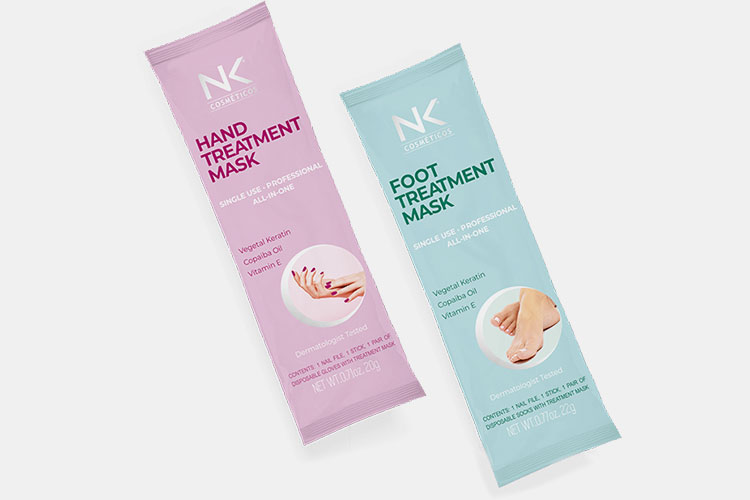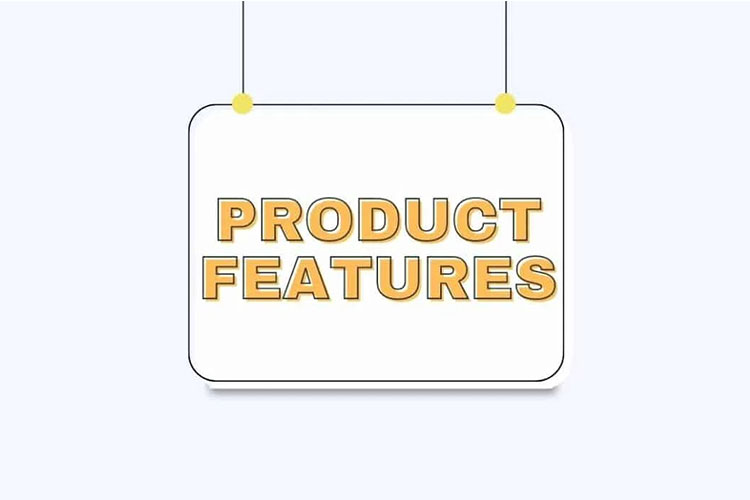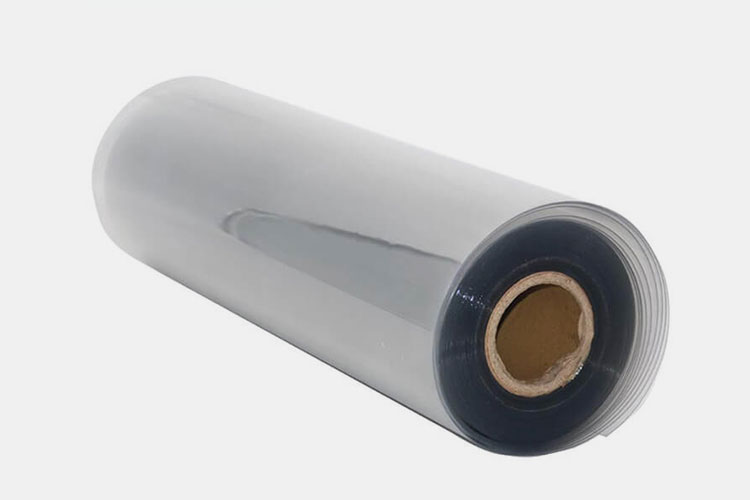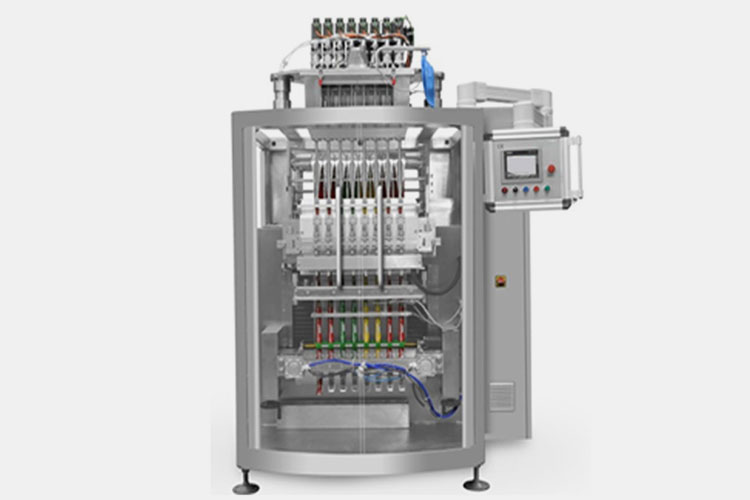Types of Stick Packaging
As consumer demand for packaging continues to grow, the need for innovative packaging solutions has become paramount. In response to this, businesses are investing in research and development to create packaging designs that not only protect products but also captivate customers with their aesthetics and functionality.
Exquisite packaging is a proven strategy to boost customer purchase rates, and the industry is constantly evolving to adapt to new trends. Among these, stick packaging has emerged as a practical and convenient option, offering a range of varieties to suit various product needs.
So, what are the common types of stick packaging? Let’s read this article and explore different types of stick packaging.
1.What Is Stick Packaging?
Stick Packaging - Sourced: takearecess
Stick packaging typically refers to a packaging format that presents products in a contiguous, elongated stick-like form. It is a widely adopted method in industries spanning food, pharmaceuticals, cosmetics, and more, including applications for candies, gums, toothpaste, and other similar items. The purpose of this packaging style is to offer a convenient and space-efficient way to package and distribute such products.
Stick packaging usually uses materials like plastic film, paper, and aluminum foil, all of which are designed for effortless cutting or tearing, enhancing consumer convenience. Furthermore, this packaging format is highly portable and storage-friendly, effectively preserving the freshness and integrity of the packaged products.
2.What Material Can Be Packaged By Stick Packaging?
Stick packaging can be used for different types of materials, including powders, granules, and liquids. Here are some specific application examples:
Powder
seasoning powder - Sourced: refreshyourlife
Certain food additives, seasoning powders, coffee powders, and similar items can be conveniently packaged in stick format, allowing for precise control of the amount used each time. This packaging style ensures easy dispensing and accurate measurement.
Granule
Oatmeal - Sourced: photo-ac
Stick packaging is a convenient option for candies, grains, snacks, oatmeal, and other such items, as it allows consumers to easily carry and use. Not only does it provide portability and convenience, but stick packaging also ensures the freshness and hygiene of the products, making it an appealing choice for manufacturers and consumers alike.
Liquid
Liquid - Sourced: behance
Liquid stick packaging usually refers to flexible packaging, such as liquid food, beverages, personal care products, etc. They can use multi-layer composite film materials to maintain the freshness of the content and prevent leakage.
Liquid stick packaging commonly refers to flexible packaging solutions for liquid foods, beverages, and personal care products. This type of packaging employs multi-layer composite film materials to effectively preserve the freshness of the contents while also preventing any potential leakage.
3.What Are the Common Types of Stick Packaging?
Have you encountered diverse styles of stick packaging? Are you familiar with how they are categorized? Depending on various classification criteria, stick packaging can be segmented into numerous distinct types.
Based on shapes:
Different Shapes of Stick Packaging: Sourced: aranow
| Shape | Description | Applied Products |
| Bottle shape
|
Its appearance is similar to the traditional bottle shape, but the overall design is elongated to facilitate vertical display on shelves or convenient for consumers to carry. | Jelly, lotion, seasoning sauce |
| Twinpack
|
It refers to two sticks of packaging together. It creates an even more robust solution for products, especially for items that require additional protection or stability during storage and transport. | Tablet, gel, powder |
Based on cut type
Cut Type of Stick Packaging: Sourced: candylanddelivery
| Cut Type | Description | Products |
| Straight cut
|
Straight cut stick packaging is a specific form of packaging, characterized by its elongated shape and usually obtained through straight cutting. | Coffee, chocolate, candy |
| Zigzag cut
|
The opening of the packaging bag is designed with zigzag edges, which vary in size but are arranged neatly to create a unique visual effect. | Candy, nut, pill, milk powder, oatmeal |
| Round cut
|
In the overall shape or design of packaging, both circular elements are included, and a elongated appearance or structure is formed through cutting or design. | Coffee powder, |
In a word, according to different classification standards, there are various types of stick packaging, which are available for personalized customization.
4.Which Industry Can Use Stick Packaging?
The types of stick packaging are varied. As you can see, the various types of stick packaging can be used in many industries.
Powdered Beverages - Sourced: bevindustry
In the food industry, stick packaging can be applied in various food packaging due to its features of easy to carry and use, such as powdered beverages, seasonings and sauces.
Single Dose Drug - Sourced: lovecrewar.best
In the pharmaceutical industry, stick packaging is preferred for packaging certain drugs due to its portability and easy control of dosage.
Single dose drugs: Stick packaging is suitable for packaging drugs that require a single dose, such as certain oral solutions or granules.
Children’s medicines: In order to facilitate children’s medication and prevent overdose, children’s medicines may be packaged in stick packaging for parents to control the dosage.
Travel medicine: For travelers, stick packaged medicine is easy to carry and does not take up space.
Cosmetics - Sourced: cosmeticsnk
In the cosmetics industry, stick packaging is a common and effective form of packaging design. Stick packaging design can increase the fashion and uniqueness of products, attracting the attention of young consumers. The slender stick packaging design makes the product more portable and easy to fit into makeup bags or pockets.
Probiotics - Source: Target
In the healthcare product industry, stick packaging has been widely used, mainly due to its compact appearance, low material consumption, fast and safe packaging process, and other advantages. Additionally, the lightweight and portable nature of stick packaging enables consumers to conveniently supplement their health products on the go, anytime and anywhere.
5.What Are the Advantages of Stick Packaging?
Why there are many industries using stick packaging? This is due to the several advantages of stick packaging.
Convenient
The stick packaging design offers convenience in portability and usage, making it ideal for travel and outdoor scenarios. Whether it is food, beverages, cosmetics, or even electronic products, this packaging style caters to consumers’ aesthetic preferences for product appearance.
Widely applicable fields
Drinking Powder - Sourced: vitalyte
Stick packaging design boasts a diverse range of applications spanning various industries, such as food, beverages, cosmetics, electronics, and household products. In each of these sectors, it adds a distinctive touch to products, thereby bolstering their market competitiveness.
Improve packaging efficiency and reduce costs
In comparison to traditional packaging methods, stick packaging design typically adopts a sleek and exquisite approach, minimizing the usage of packaging materials, leading to reduced packaging costs for the product.
Additionally, this type of packaging maximizes space utilization, decreases packaging bulk and weight, ultimately lowering transportation expenses.
Customized solutions
Customized Solutions - Sourced: lecansolutions
The utilization of design elements like color, patterns, and text can craft a distinctive packaging aesthetic that aligns with the brand and product’s unique characteristics. Suitable packaging materials such as paper, plastic, metal, etc. can be selected based on the characteristics and needs of the product.
Furthermore, the size and shape of stick packaging can be tailored to the product’s actual needs, ensuring it fulfills the packaging requirements of diverse products. This flexibility in size and shape design not only enhances product protection but also improves the packaging’s practicality and visual appeal.
6.The Growth of Stick Packaging
Based on a report by Acumen Research & Consulting, the global stick packaging market is expected to reach a significant valuation of approximately $1,750.5 million by the year 2026, indicating a promising growth trajectory for this segment.
Stick Packaging Market Drivers
Environmental Protection - Sourced: pumps-systems
Amid rising consumer awareness of environmental conservation, the demand for eco-friendly and biodegradable packaging materials is on a steep rise. Stick packaging design typically prioritizes resource conservation, minimizes packaging waste, and adheres to environmental standards, positioning it favorably for future growth and popularity.
Market demand - Sourced: razorpay
Stick packaging design has been widely used in various industries such as food, cosmetics, and household goods due to its unique visual effects and convenience. With the increasing demand from consumers for product packaging, the market demand for stick packaging will continue to grow.
Segmentation
Segmentation - Sourced: useinsider
With the development of stick packaging, the materials available for stick packaging are becoming increasingly diverse, including aluminum, paper, and plastic. Stick packaging is distributed more and more widely in countries and regions, including North America, the Asia Pacific region, and Europe.
| Attribute | Description |
| By Material | Aluminum
Paper Plastic |
| By Geography | North America (US, and Canada)
Asia Pacific (China, Japan, India) Europe (Germany, UK, Italy) Middle East & Africa (South Africa) |
7.What Should You Consider When Choosing the Types of Stick Packaging?
Choosing stick packaging is not blind, do you have any doubts about how to choose? To attract consumers, choosing different types of stick packaging requires considering numerous factors.
Product features
Product Feature - Sourced: mambo
Firstly, you consider the size and shape of the product to ensure that the selected stick packaging can accommodate and protect the product. The size of the packaging should be slightly larger than the product to provide sufficient cushioning space and avoid damage to the product during transportation or storage.
You should consider the weight of the product and choose packaging materials that can support the weight of the product. Packaging that is too light or too heavy may affect the safety of the product.
In addition, you should consider the product features. If the product is sensitive to temperature, humidity, or light, packaging materials with corresponding protective functions should be selected, such as moisture-proof, UV resistant, etc.
Packaging materials
Packaging Material - Sourced: desuplastic
The safety and durability of packaging are important. You should ensure that packaging materials comply with relevant regulations such as food safety and environmental protection, are non-toxic, odorless, and pollution-free.
And you should choose packaging materials that are durable, tear resistant, and wear-resistant to ensure that the product is not damaged during transportation and storage.
Packaging structure
You should select packaging structures with appropriate sealing according to the product’s requirements to ensure that the product will not be damp, spoiled, or contaminated during storage.
You should consider the convenience of consumer use, choose packaging structures that are easy to open, such as self sealing, easy to tear lines, and other designs.
For products that require multiple uses, you should choose packaging structures with re sealing function so that consumers can re seal the packaging after use.
Aesthetics and brand image
Brand Image - Sourced: hashmicro
You should choose a packaging design style that matches the brand image to enhance the attractiveness and competitiveness of the product.
Color and pattern design are important for brand image. You should use appropriate color and pattern design to make the packaging more attractive, while conveying the product’s characteristics and brand concept.
Choosing right stick packaging machine
Allpack Multi-lane Stick Packaging Machine
Different types of stick packaging require different cutting and sealing equipment, so it is necessary to choose a suitable stick packaging machine according to your own needs.
Based on your own packaging products and production speed, you need to consider the packaging range and production speed of the packaging machine. In addition, you need to ensure that the selected packaging machine complies with relevant national standards, such as GMP and FDA.
Cost considerations

Cost Considerations - Sourced: freshbooks
When selecting the packaging materials with high cost-effectiveness, you should consider budget and market demand. Besides, you should consider the processing cost of packaging, including design, printing, processing, and other expenses.
Conclusion
Do you have any understanding of different types of stick packaging? What type of stick packaging do you prefer? Choosing different types of stick packaging requires considering numerous factors. If you have any questions, you can consult Allpack at any time.
Don't forget to share this post!
CONTACT US
Tell us your raw material and project budget to get quotations within 24 hours.
WhatsApp Us: +86 181 7101 8586
The Buyer's Guide
Tell us your material or budget, we'll reply you ASAP within 24 hours


